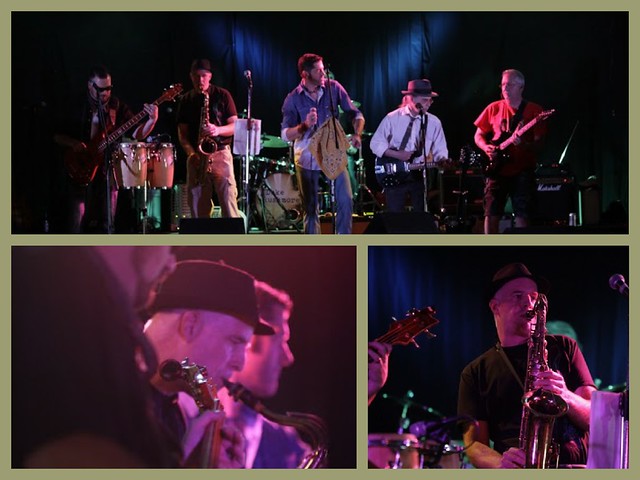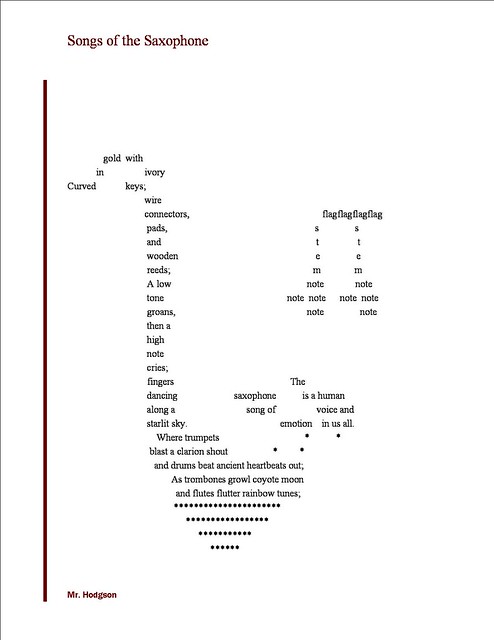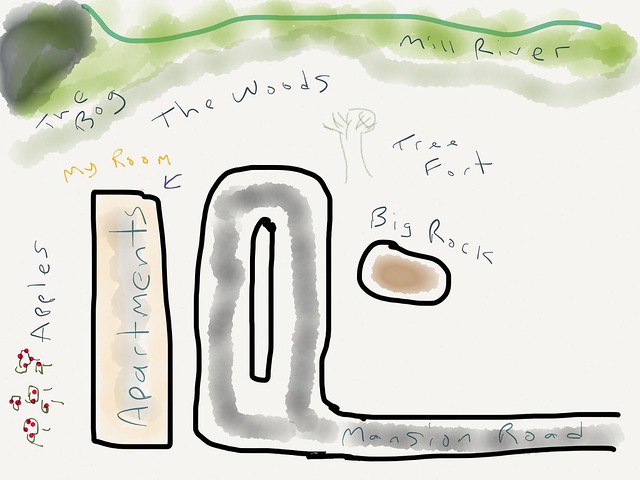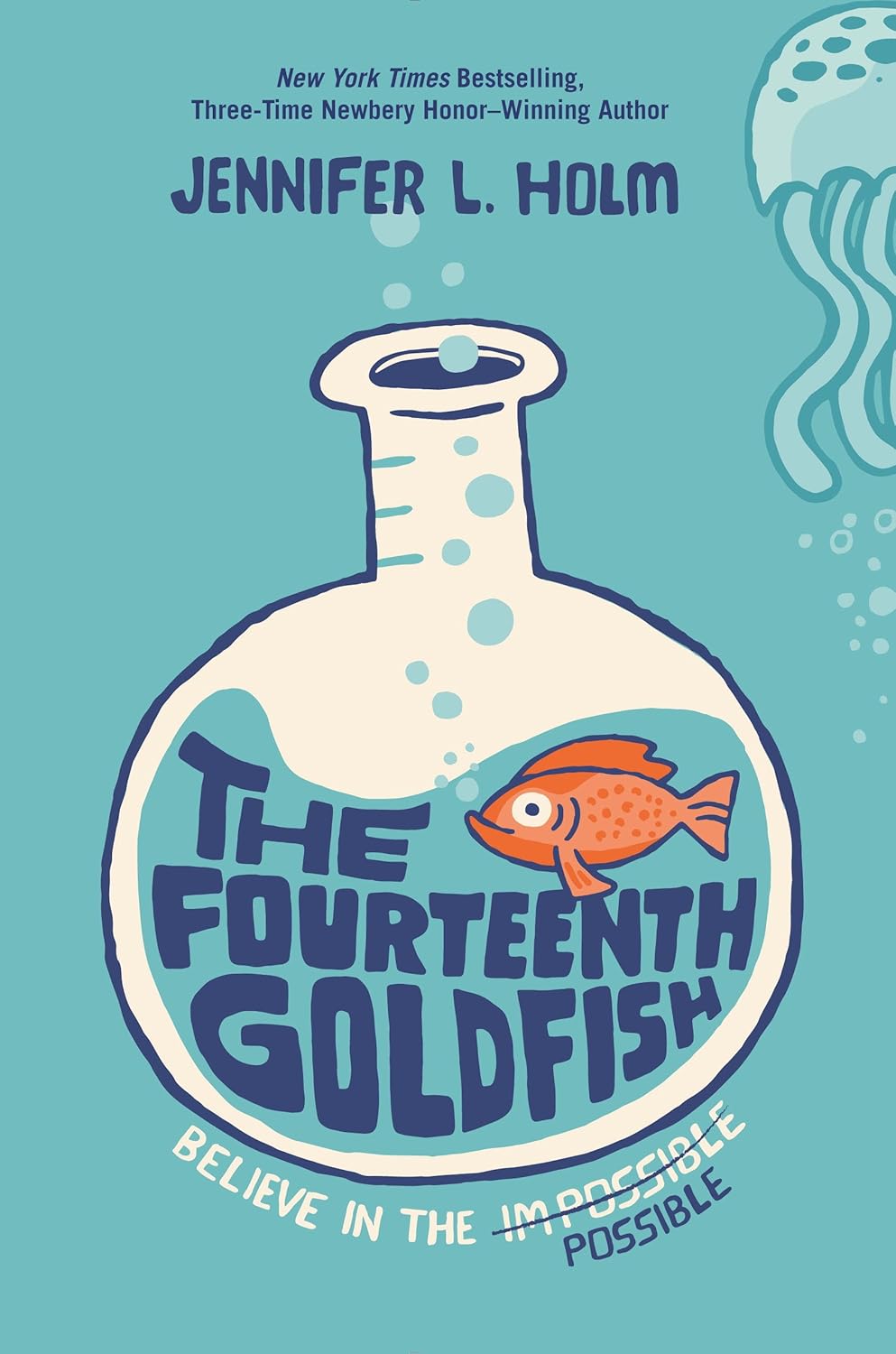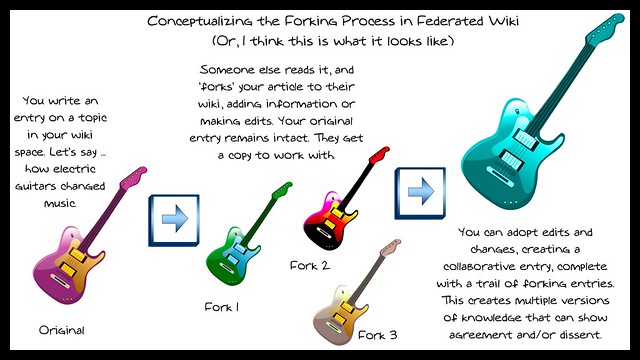It’s taken me a few days to really think about a “totem” that captures the essence of my identity. This is part of our explorations at Walk My World, and the idea for this learning activity is to consider a representation of self, something that connects you to who you are.
I chose my Martin tenor saxophone.
I have been honking out notes on this particular tenor saxophone for more than 30 years. Although in childhood, I had aspirations of becoming a professional musician, that plan never came to be. I did attend high school summer programs that immersed me deeply in music and even spent a year in a music program in college. But it was clear that I didn’t have the focus and intensity (maybe dedication), nor the innate talent, to succeed in a very difficult field filled with amazing musicians and not a whole lot of job opportunities.
And yet, I still play music with my saxophone. Each week, I gather with my bandmates in Duke Rushmore and we play for two hours. A few times a year, we gig out. I have a gig coming up in a few weeks, in fact, and we are working on our set list for that night. I’ll never claim to be a great saxophone player, and my ability remains fairly limited. I play because I love the act of making music, and my saxophone is one way in (the guitar is another, although that is primarily for songwriting).

Music continues to enrich my soul each week, each year, and I find some deep connection with the old Martin saxophone.
Plenty of times, I have thought: I wish I had a Selmer, not this old tenor. The saxophone can be a bit moody at times, and it has a rich deep bottom but the top of the scales are a little thin. It might be me. Or it might be the two of us — the saxophone and I. Still, I strap it on to play and it feels comfortable, like a blanket you pull over you, night after night. You know how it feels. That’s how I am with this old Martin.
We know each other.
And when I think of how many turns life has taken, there’s something to be said about some consistency. I am happily married, with a family, but that saxophone has seen me through some other, turbulent times. There were years when the sax collected dust in the closet. Still, I would pull it out and play now and then, getting lost in the music, working through some emotions that words (spoken and/or written) could not articulate. Allowing me to make music just for myself is a gift this saxophone has given me over the decades.
It’s my totem. My charm. My saxophone.
Wonderful World, sax solo from Mr. Hodgson on Vimeo.
Peacd (in the muse),
Kevin
